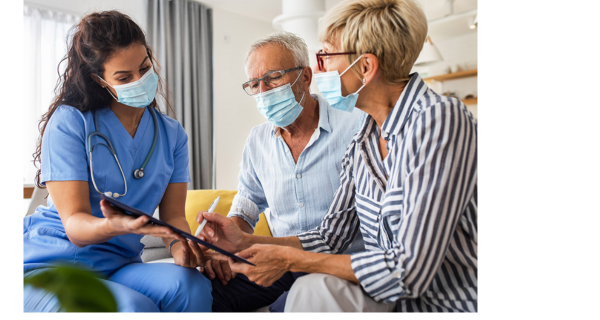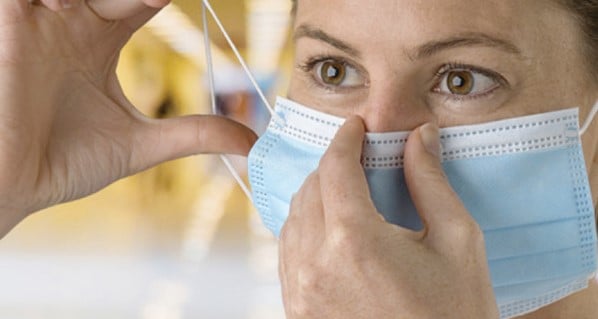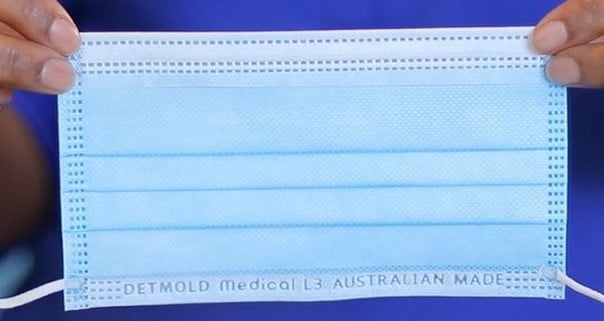Australia is currently experiencing an outbreak of avian influenza, commonly known as bird flu. Bird flu is a highly contagious viral infection caused by influenza A viruses, a similar virus that’s responsible for the flu in humans. While it’s not uncommon for bird flu to affect wild bird populations, on rare occasions, these viruses can spill over to domestic poultry, resulting in widespread losses across both poultry and wild birds.
Some strains of bird flu are also transmissible from birds to humans. With this in mind, veterinarians and other animal professionals must take precautions when handling potentially infected birds. It’s worth noting that there have been limited reports of person-to-person transmission, but there’s no current evidence of ongoing and sustained transmission between people.
While face masks and respirators aren’t the only prevention against bird flu, they can provide respiratory protection for veterinarians and animal health workers.
Bird flu control measures
When working with potentially infected birds, it’s essential to implement the hierarchy of controls to minimise exposure to infection. The hierarchy of control ranks control measures from the most effective to the least effective: elimination, substitution, engineering controls, administrative controls and personal protective equipment (PPE).
A single control measure alone isn’t likely to be effective when managing the risks associated with bird flu, so this approach often involves implementing a combination of different protective measures based on the level of risk posed by your specific work environment.
Common control measures for high-risk settings include:
- Avoiding direct contact with potentially infectious animals and heavily contaminated environments,
- Culling infected and potentially exposed birds can eliminate the source of the virus,
- Ensuring adequate ventilation in areas where animals are housed to reduce the concentration of airborne viruses,
- Isolating sick animals from healthy ones to prevent the spread of infection,
- Setting up decontamination stations for equipment, clothing and personnel,
- Regularly disinfecting surfaces and equipment that may be contaminated,
- Correctly disposing of animal waste and other potentially contaminated materials in line with biosecurity protocols, and
- Ensuring individuals who come into contact with potentially infectious animals or materials wear protective clothing, respiratory protection, eye protection and follow hygiene procedures.
Face mask requirements for bird flu
Animal professionals and individuals who work with animals, especially birds, should wear appropriate personal protective equipment (PPE) when working with potentially infected materials, including:
- P2 or N95 respirator masks (minimum),
- Goggles or face shields,
- Gloves,
- Waterproof footwear, and
- Disposable overalls.
PPE and masks should be worn when:
- Handling potentially infected birds or materials,
- Cleaning and disinfecting contaminated areas, including cages, and
- Handling specimens and testing samples.
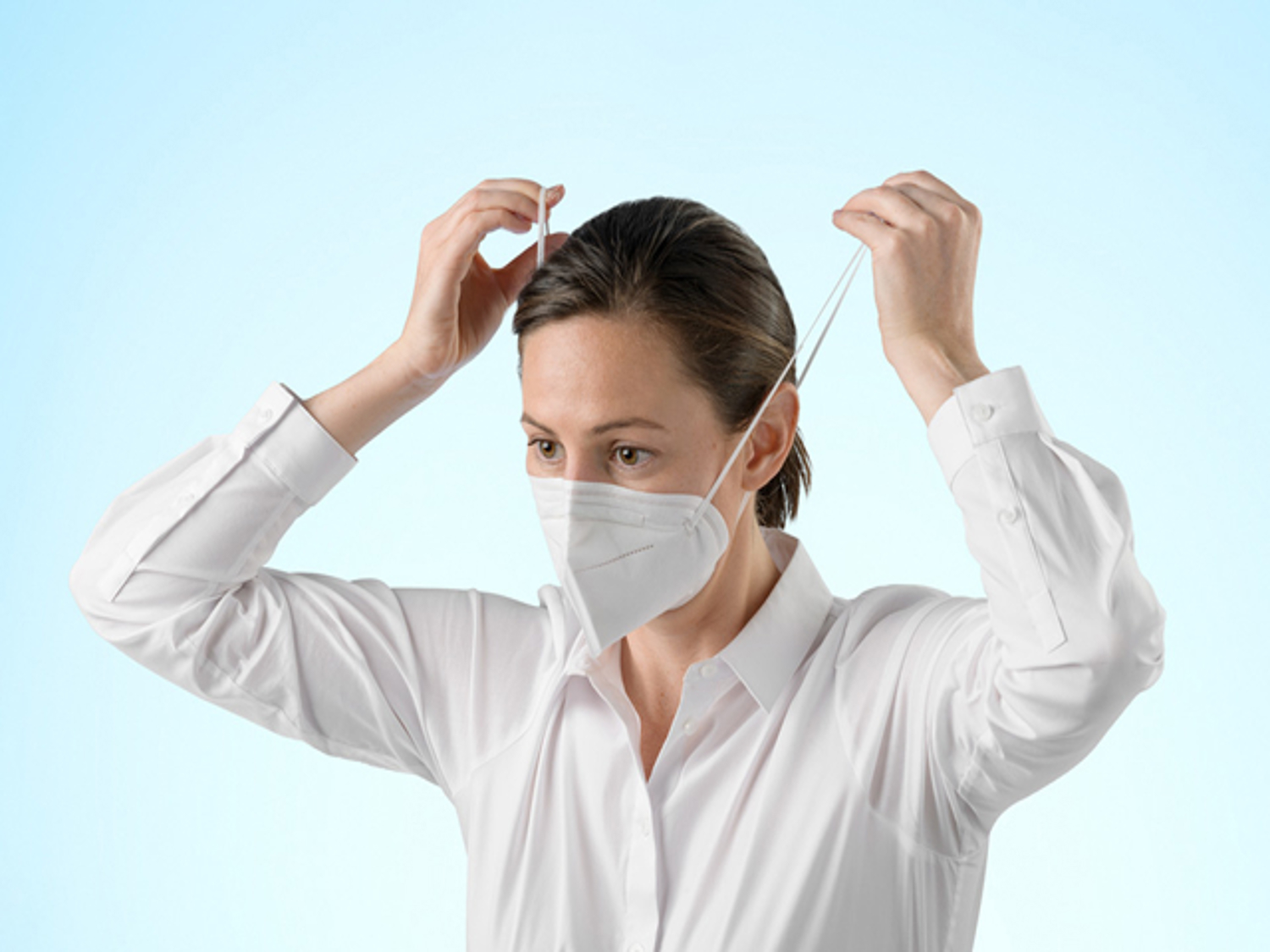
People working with poultry/or responding to avian influenza outbreaks should have a current seasonal influenza vaccine at least two weeks prior to coming in contact with infected birds. While it won’t necessarily prevent bird flu infection, it may reduce the risk of co-infection with human influenza, which could mutate to create a new virus.
These forms of PPE and respiratory protection should also be used when dealing with other virus risk areas, including Q virus, Hendra and Australian Bat Lyssavirus (ABLV)
PAPR and bird flu
A Powered Air-Purifying Respirator (PAPR) is a type of personal protective equipment (PPE) that provides respiratory protection by using a battery-powered blower to pass contaminated air through a HEPA filter, which removes contaminants and delivers purified air to the user.
PAPRs are typically used in environments where the air is contaminated with hazardous particulates, gases or vapours, including properties with potentially infected animals or materials.
PAPR can be used to:
- Provide a higher level of respiratory protection compared to standard masks or non-powered respirators when working with potentially infected animals or materials
- Reduce risk of transmission,
- Provide greater comfort over extended periods of use, and
- Offer a reusable and cost-effective solution for respiratory protection.
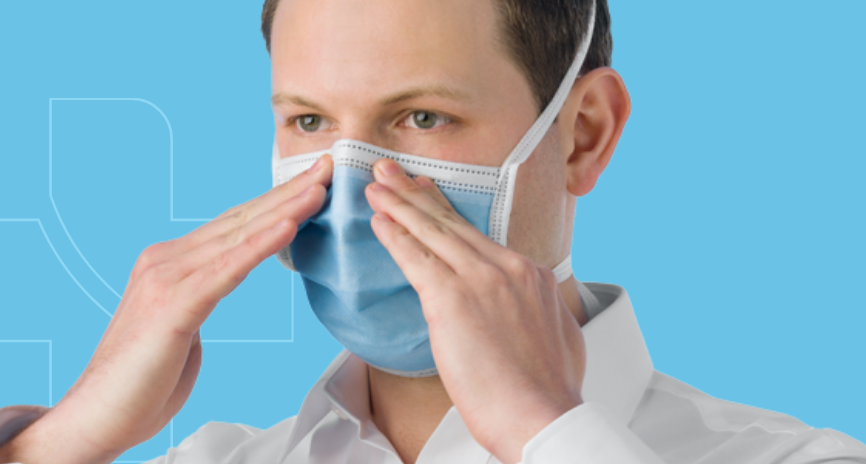
Fit testing vs fit checking
When it comes to fitting a respiratory mask, it’s important to follow fit testing and checking procedures to ensure a tight seal and adequate protection. While fit testing and fit checking are both important procedures to ensure the effectiveness of respirator masks, they serve slightly different purposes and are conducted in different ways. That said, both of these procedures should be implemented before exposure to potentially infectious animals or materials.
Fit testing
Fit testing is a formal process used to ensure that a specific make, model and size of a respirator fits an individual’s face correctly and provides an adequate seal. Fit testing is typically conducted during the initial selection of a respirator, annually or whenever there are changes in the user’s facial structure, like significant weight change, dental work or facial surgery.
Fit testing must be performed by a competent person who has received appropriate training and is familiar with the relevant Australian standards. You can get fit tested through a dedicated fit testing organisation. It should set you back no more than $100, which is well worth it for ensuring respiratory protection.
Fit checking
Fit checking is a quick, routine check performed by the respirator user each time the respirator is donned to ensure it has been put on correctly and is sealing properly. Fit checking of P2/N95 masks is an essential yet simple and cost-effective measure to ensure that the mask is providing adequate protection each time it is worn.
Fit checking helps to:
- Provide respiratory protection,
- Identify potential issues with mask fit, and
- Meet regulatory requirements.
The current bird flu outbreak in Australia is still developing. For the latest information on avian influenza, visit outbreak.gov.au for information about the current response. However, by implementing a range of comprehensive workplace control measures, including the use of PPE and respirator masks, organisations can significantly reduce the risk of bird flu transmission to workers and manage potential outbreaks more effectively.
Detmold Medical stocks a variety of surgical respirator masks, including D95 P2 respirators, N95 surgical respirators and our new surgical range of tri-panel respirators. If you have a face mask enquiry, please reach out to the Detmold Medical team for face mask advice.


